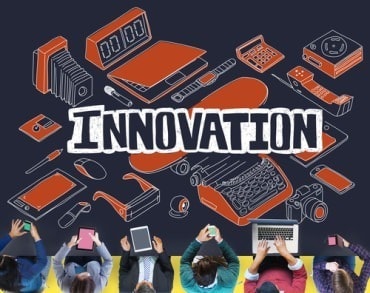
The hope is that with this new NLP-based system, veterans will be more likely to receive the care they need in a timely manner.
When you think of Veterans Affairs, what comes to mind? Responsiveness? Quality? Customized real-time support? Many of you likely said the exact opposite of that, and that’s something the VA is hoping to change.
With 75% of Americans believing that veterans’ services are a vital priority and Veterans Affairs holding one of the lowest favorability ratings of most government services, handling the tricky care of the nation’s veterans during a pandemic is more important than ever. With new input from AI-driven systems, the VA could see those desired improvements.
See also: States Deploy Chatbots to Meet COVID Demands
Medallia and the Veterans Signals Program
Veterans Signals (VSignals) is designed to leverage natural language processing to collect and learn key words and analyze vocal patterns to uncover potentially threatening situations based on feedback from veterans, caregivers, dependents, and other stakeholders receiving care and interacting with the VA system.
VSignals uses a progressive flagging system that detects a threat and routes alerts to relevant parties in real-time. This system could relieve a substantial burden on veterans and caregivers who are struggling to navigate a complex system and the VA itself, a network repeatedly under fire for underperforming healthcare centers and sluggish response rates.
Medallia worked closely with the VA to create a bank of key terms that would trigger a system response — think “I can’t pay my rent” — and redirect the VA to help identify the problem and find a solution faster than requiring veterans to work through multiple channels before receiving a resolution.
Medallia’s Athena AI flags negative vocabulary and tones, using complex NLP to process feedback even when not explicit, such as the “I can’t pay my rent” example above. It converts this feedback to text and handles both structured and unstructured data.
A Data-Driven Veterans Affairs
This new rollout goes along with a new initiative to store veterans’ data in a centralized database, allowing the agency to respond more quickly to individual issues as well as thematic ones — think complaints surrounding an entire facility or COVID-related hotspots.
The hope is that with this new system of checks, veterans will be more likely to receive the care they need in a timely manner, enough to make a real difference, while local VA centers will have the right support to deliver outstanding care.



























